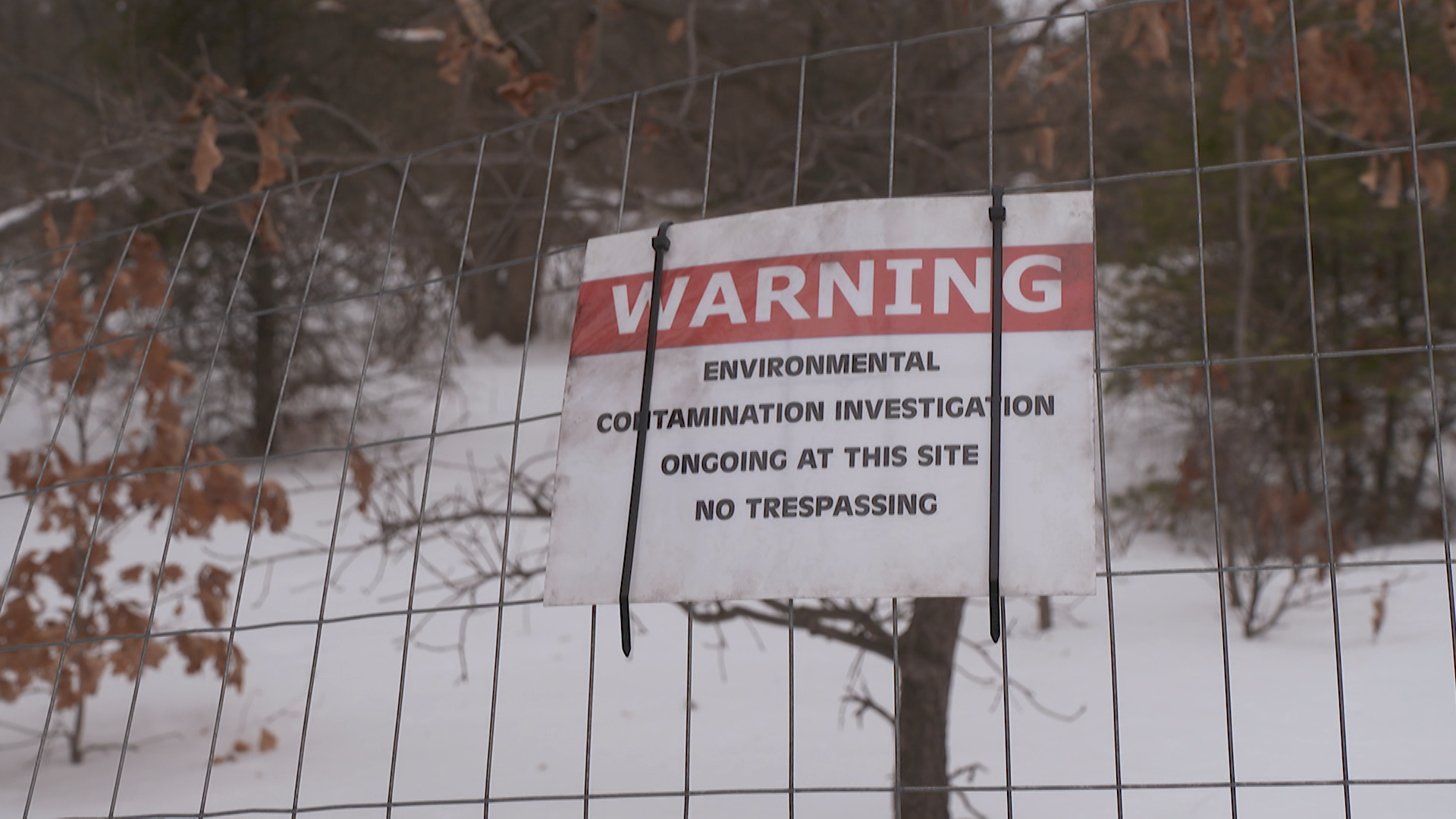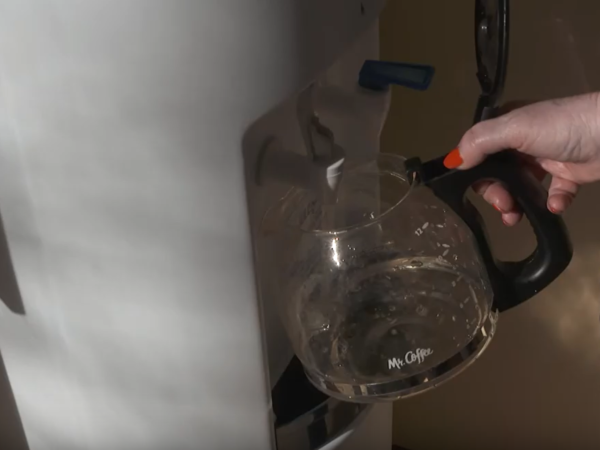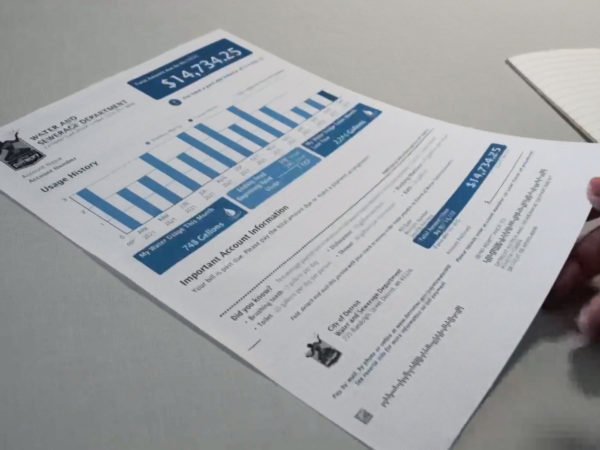
In a ProPublica story, former 3M chemist Kris Hansen details how the chemical giant hid the dangers of PFOS from employees and the public. She was asked by senior scientist Jim Johnson to retest for what are now known as “forever chemicals” in human blood samples from the general population, in 1997. Hansen was assigned this task after blood samples from the American Red Cross discovered PFOS were in the general public — which was supposed to be the uncontaminated control group.
She was told that the chemical was harmless. Soon after she found PFOS in the blood samples again, Johnson announced his early retirement. We now know there was a history of liver issues among factory workers and that two decades earlier, a 3M lab test on rats revealed the chemical to be deadly.
A recent study found that precipitation is the primary source of PFAS exposure into the Great Lakes. Lake Superior, Lake Michigan, and Lake Huron are accumulating the “forever chemical.” Lake Erie maintains a constant concentration while levels in Lake Ontario are declining through sedimentation and outflow processes.
A new federal Farm Bill draft would provide $500 million for the remediation of PFAS in agricultural land and products to protect farmers from swallowing the full cost. A final draft will be completed on Thursday, May 23, but the existing language does not seem to support the farmer funding.
Renewed concern for PFAS controls on consumer products circulated among New York lawmakers at the New York state Capitol on Tuesday, February 6. Out of the 2,500 public water sites tested in the state, around 250 sites showed elevated levels of PFOA and PFOS.
The Illinois EPA has found PFAS levels above the recent federal limit in towns around Chicago. Northwestern University is working on a new technology that attracts, traps, and removes PFAS from water.
Last week, a Wisconsin bill (SB 312) to implement $125 million in PFAS cleanup programs across the state died after lawmakers failed to find middle ground. The bill was introduced by Republican Sens. Robert Cowles and Eric Wimberger, but was vetoed by Gov. Tony Evers. Evers said the bill was insufficient in addressing Wisconsin’s PFAS problem and recommended that the $125 million PFAS funding be released without the bill.
Meanwhile, Pennsylvania has two years to tighten its PFAS limits to match federal standards. The “forever chemical” contaminates 76% of the rivers and tributaries tested in the state. These water bodies are also sources of drinking water. A couple weeks ago, lawmakers announced the Bipartisan Infrastructure Law will provide $37.5 million in PFAS funding to Pennsylvania.
More PFAS news, in case you missed it:
- In an update to the Michigan Hazardous Products Act discussed last week, the act would seek to ban all products with the “forever chemical” by 2032. The Department of Environment Great Lakes and Energy (EGLE) estimates that 1.5 million Michigan residents have consumed drinking water containing PFAS. EGLE aims to reduce this exposure to 100 million residents.
- A $25 million grant to bolster equitable access to clean drinking water was issued by the EPA on Tuesday, May 21. One of its major goals is to ensure infrastructure compliance with the Safe Drinking Water Act to minimize PFAS exposure and lead sources.
- A PFAS remediation technology by Revive Environmental in Ohio is a potential solution for the disposal of New Hampshire firefighting foam. The “PFAS Annihilator” combines extreme pressure and temperature to break down the chemical. Revive Environmental CEO David Trueba says the technology costs less than incineration but more than landfill dumping.
Catch more news at Great Lakes Now:
PFAS News Roundup: Landmark EPA decision implements first nation-wide PFAS limit in drinking water
Efforts to thwart regulation of PFAS polluters move down parallel tracks
Featured image: Sign warning for environmental contamination (Great Lakes Now Episode 1012)




